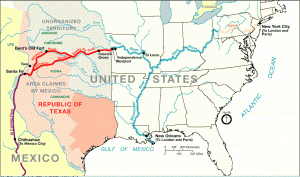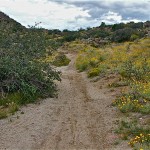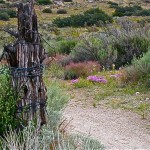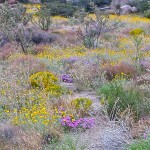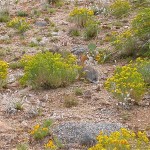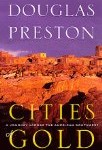 Cities of Gold
Cities of Gold
A Journey Across the American Southwest in Pursuit of Coronado
Douglas Preston, 1992
463 richly researched and documented pages detailing 450 years of southwest adventure and discovery! Very hard to put down!
Douglas Preston literally takes you in his saddle bag on two 900-mile horseback/roughing-it odysseys with his cantankerous Santa Fe artist friend Walter Nelson. Two journeys cover the same geography: Coronado’s 1540 epic exploration from New Spain/Mexico through Arizona, New Mexico and Kansas.
The chapters and episodes are written from multiple viewpoints: New Spain’s (Mexico’s) culture, Coronado’s expectations in planning and leaving New Spain, Coronado’s experiences en-route, various and numerous native American initial encounters with white Europeans – Mexican Aztecs – and black Africans, And last, but not least by a long shot, … Doug and Walter’s experiences and observations of both what had changed and how little had changed in the intervening 450 years.
I found this a tremendous context piece to open my understanding and appreciation of the nearly complete uniqueness of New Mexico in particular and America’s great southwest in general. You will be exposed to amazing repeating patterns of history from 1540s Spain and New Spain right up into today’s New Mexico business and politics.
Cites of Gold is a thoroughly charming, entertaining, amazing, irritating, enlightening, frustrating, and fulfilling read! Check it out for yourself!

